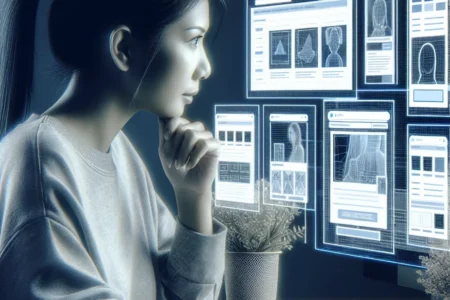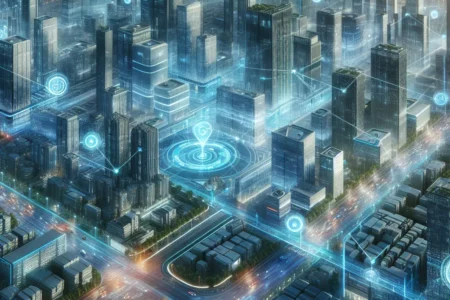The origins of minimalist design in modern architecture can be traced back to the early 20th century, with influential architects like Ludwig Mies van der Rohe, Le Corbusier, and Frank Lloyd Wright seeking to create functional, uncluttered spaces with simple forms and clean lines. Emphasizing the use of basic geometric shapes and natural light, the evolution of minimalist architecture has been shaped by contemporary architects and advancements in technology and sustainable design practices, while staying true to its principles of simplicity and functionality. This trend continues to be a driving force in modern architecture, with influential figures such as Mies van der Rohe, Tadao Ando, and Scandinavian architects playing significant roles in shaping the minimalist movement. The enduring appeal of minimalist design principles is evident in the influence they continue to have on contemporary architects and the built environment.







